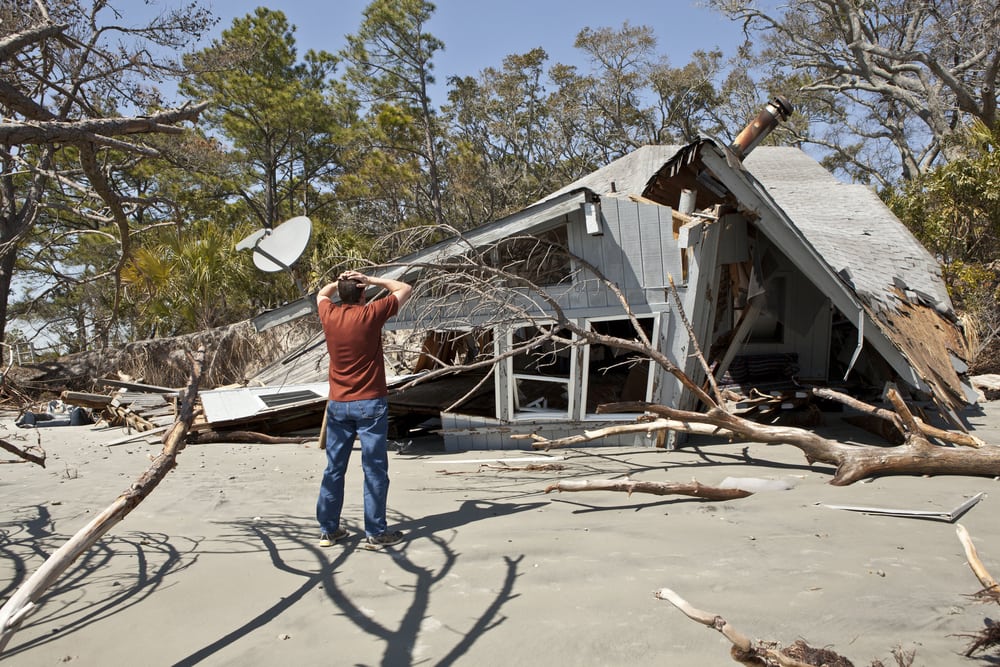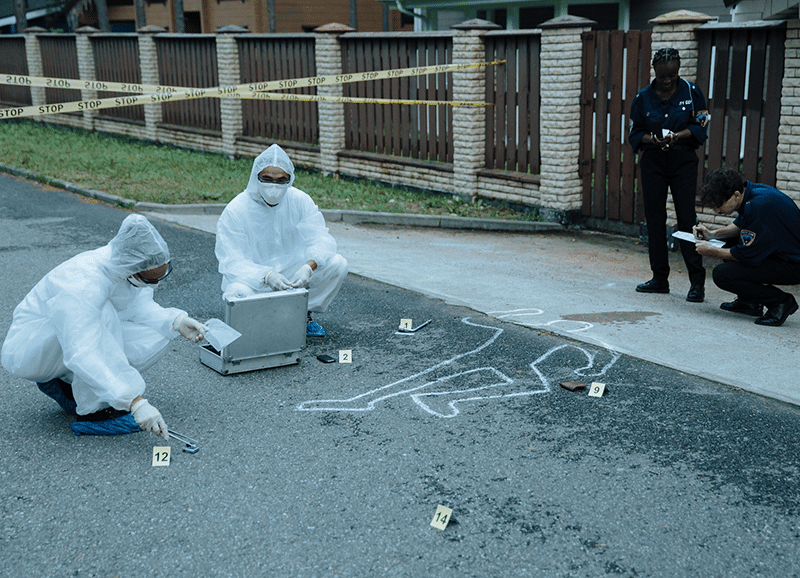
Biohazard situations, whether caused by accidents, crimes, or traumatic events, demand a specialized and meticulous approach to cleaning and restoration. Biohazard cleanup plays a pivotal role in these challenging circumstances, addressing potential health risks, ensuring the safety of the environment, and restoring affected spaces to a habitable state.
In this comprehensive exploration, we will delve into the intricacies of biohazard cleanup, its significance, and the specialized techniques employed to mitigate the aftermath of such incidents.
- Defining Biohazard Cleanup:
Biohazard cleanup refers to the process of safely and thoroughly cleaning, disinfecting, and restoring an area that has been contaminated with biological substances, including blood, bodily fluids, and other potentially infectious materials. These situations often arise from crime scenes, accidents, suicides, unattended deaths, or infectious disease outbreaks. The goal of biohazard cleanup is not only to remove visible traces but also to eliminate hidden dangers, ensuring a safe and hazard-free environment. - Importance of Swift Biohazard Cleanup:
Timely biohazard cleanup is critical for several reasons. Firstly, it minimizes the risk of exposure to harmful pathogens and contaminants. Bloodborne pathogens, bacteria, viruses, and other hazardous materials can pose severe health threats if not promptly addressed. Secondly, rapid cleanup helps prevent further damage to the property. Blood and bodily fluids can penetrate surfaces, causing structural damage and making restoration more challenging if left unattended. - Specialized Training and Certification:
Biohazard cleanup is a specialized field that requires extensive training, expertise, and adherence to strict safety protocols. Professionals in this industry undergo specific training programs to handle hazardous materials, use personal protective equipment (PPE), and employ effective cleaning techniques. Certification from regulatory bodies ensures that cleanup teams are equipped to manage biohazard situations safely and efficiently. - Safety Measures During Biohazard Cleanup:
Ensuring the safety of the cleanup team and anyone in the vicinity is a top priority. Professionals wear protective gear, including gloves, masks, goggles, and biohazard suits, to shield themselves from potential exposure. Proper ventilation and containment of the affected area further minimize the risk of airborne contaminants. Thorough decontamination procedures are implemented to prevent cross-contamination during and after cleanup. - Comprehensive Cleanup Process:
The biohazard cleanup process involves a systematic approach to address contamination and restore the affected area. This includes the removal and disposal of biohazardous materials, cleaning and disinfecting surfaces, and deodorizing the space. Specialized cleaning agents and equipment are used to ensure thorough sanitation. The goal is not only to clean visible traces but also to eliminate microscopic pathogens that may be present. - Legal Compliance and Regulations:
Biohazard cleanup must adhere to various legal regulations and guidelines. This includes compliance with Occupational Safety and Health Administration (OSHA) standards, Environmental Protection Agency (EPA) guidelines, and state-specific regulations. Failure to comply with these regulations can result in legal consequences and pose additional risks to the cleanup team and the public. - Compassion and Sensitivity:
Many biohazard cleanup situations involve traumatic events, and cleanup professionals must approach their work with compassion and sensitivity. Dealing with grieving families or individuals who have experienced a tragedy requires a delicate touch. Cleanup teams often work discreetly and respectfully, recognizing the emotional toll these situations can take on those involved. - Post-Cleanup Testing and Verification:
After completing the cleanup process, it is essential to conduct testing and verification to ensure that the area is free from contaminants. This may involve air quality testing, surface swabs, and other assessments to confirm that the space is safe and habitable. Providing certification of the cleanup and restoration is crucial for both the property owner and any relevant authorities.
Biohazard cleanup is a specialized and essential service that goes beyond mere cleaning; it involves restoring a sense of safety and normalcy to spaces affected by traumatic events. The meticulous and comprehensive approach taken by biohazard cleanup professionals is crucial in mitigating health risks, preventing further damage, and aiding in the emotional recovery of those affected. Recognizing the significance of biohazard cleanup ensures that communities have the support they need during challenging times, and it underscores the importance of the professionals who dedicate themselves to this critical work.
Biohazard Cleanup Services in Coral Gables, Florida – PuroClean of Coral Gables
PuroClean restoration experts hold licenses, insurance, and certifications, ensuring the safe and compliant remediation of biohazard environments. Our professionals recognize the sensitivity of certain situations, approaching them with compassion and discretion. Whether the impact is felt in a residence, commercial property, or business office, we strive to restore a sense of calm to those affected.
Call us now for biohazard cleanup services in Coral Gables, FL: (305) 894-4343



 PuroClean of Coral Gables
PuroClean of Coral Gables